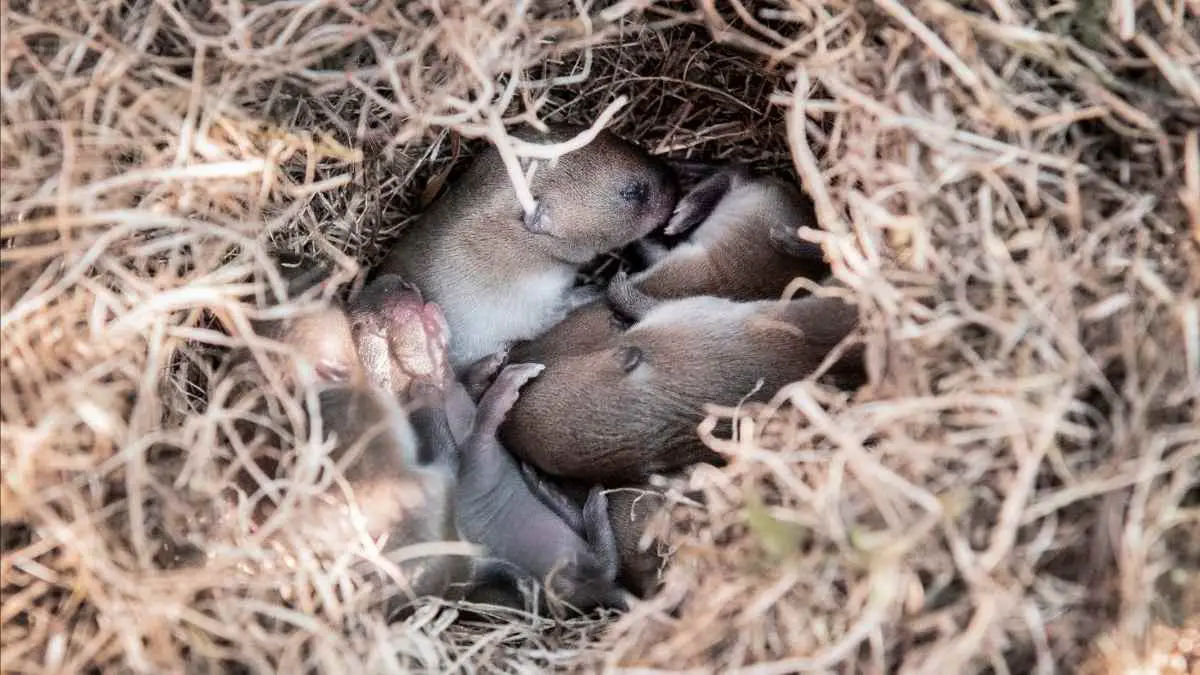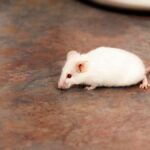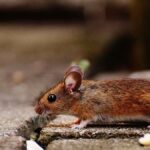Mice are a common pest in most places of the world.
Not only do they have the potential to cause damage, but they also carry some nasty diseases.
You can find mice in rural and urban areas; if they are not nesting in your home (or another home), they will nest outdoors.
So, where do mice nest outside?
This blog post will discuss some of the most common locations where mice like to build their nests outside.
If you are having a problem with mice on your property, it is essential to identify where their nests are located so that you can take steps to get rid of them.
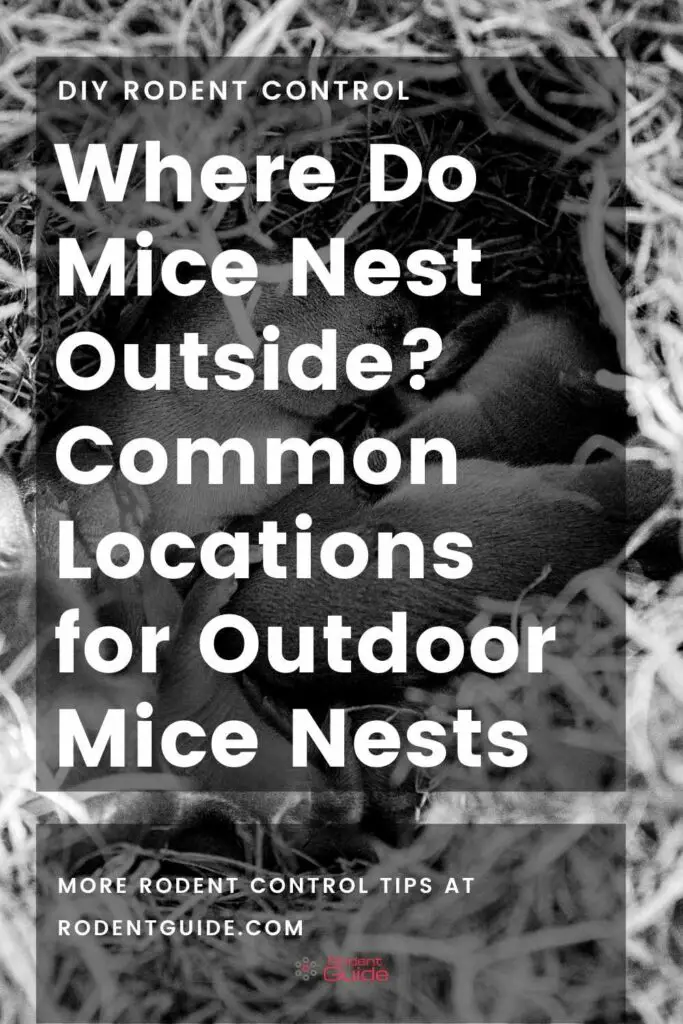
Where Do Mice Nest Outside? Here Are the Most Common Places
You have to remember that mice are attracted to three vital things: sources of food, water, and shelter.
Any area where a mouse builds a nest usually has these three in common.
Mice are drawn to outdoor areas where they can find food and shelter. They often build their nests in one of the following locations.
Underground
Mice often build their nests underground, where they can find shelter from the elements and are less likely to be seen by predators.
They will often burrow into the ground, where they can create a network of tunnels and chambers.
This provides them a safe place to live and raise their young.
Under Decks
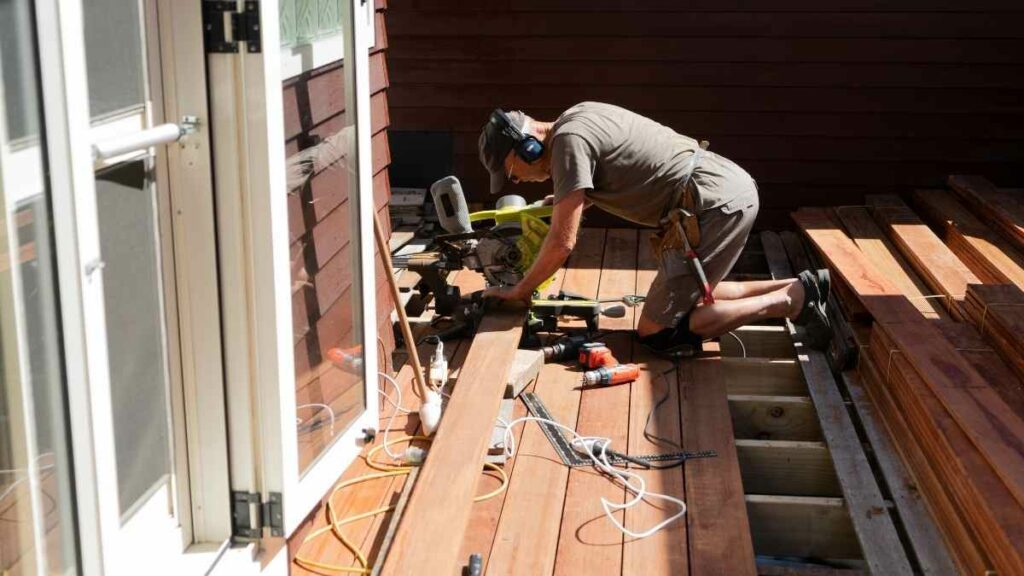
Mice can often be found nesting under decks and in other sheltered areas. They like easy access to food and water, so they will often build their nests near where they can find these things.
If you have a deck, check it regularly for signs of mice nesting.
You can also take steps to prevent mice from nesting under your deck by sealing any gaps or holes they could use to get access.
Woodpiles
Mice will often build their nests in woodpiles, where they are protected from the elements and have easy access to food.
Woodpiles provide an ideal location for mice to raise their young, as they are warm and dark and offer plenty of hiding places.
Mice will also use woodpiles to get into homes, so keeping them away from the house is vital.
Also – If you have a lot of leaves in your yard, be sure to rake them up regularly and dispose of them.
Birdhouses
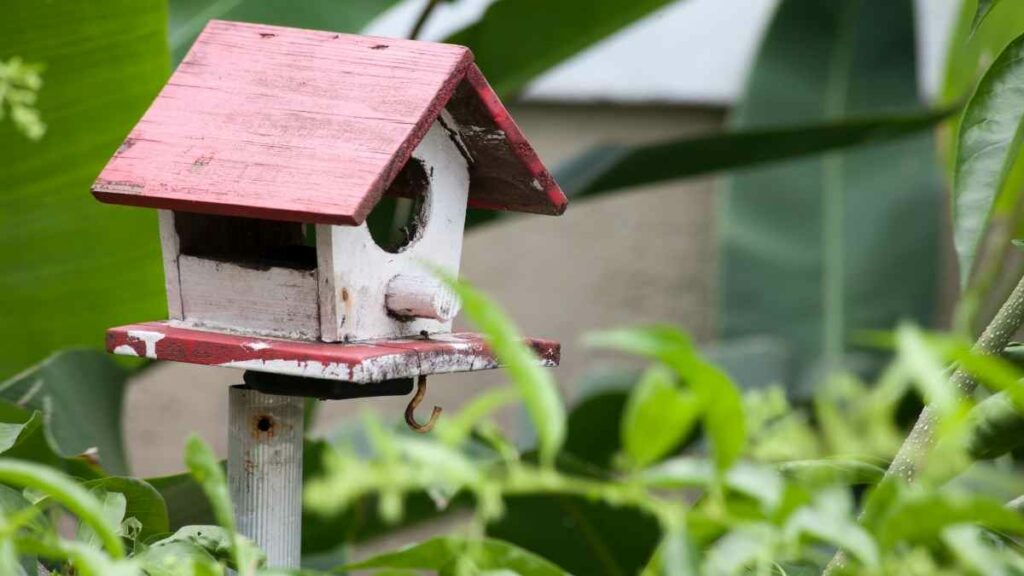
Mice are known to nest in birdhouses, where they can be safe from predators and the weather. They will often chew through the wood to make a cozy nest where they can have their babies.
If you have a birdhouse in your yard, check it regularly for signs of mice nesting. If you find evidence of mice, you can take steps to mouse-proof your birdhouse or remove it altogether.
Inside Cars
Another common place for mice to nest is in vehicles. Mice like to nest in cars because they are warm and dry and offer plenty of hiding places.
Cars also provide easy access to food and water, so mice often choose them as their nesting sites.
If you regularly use your car, it is unlikely to be used as a nesting area for mice, but if your vehicle is left for long periods, you should check inside the car and in the engine bay too.
Sheds
Mice often nest in sheds, protecting them from the elements and predators.
There are many items a mouse can use in your shed to build their nest, so you should perform regular checks and eliminate them as soon as possible.
Garages
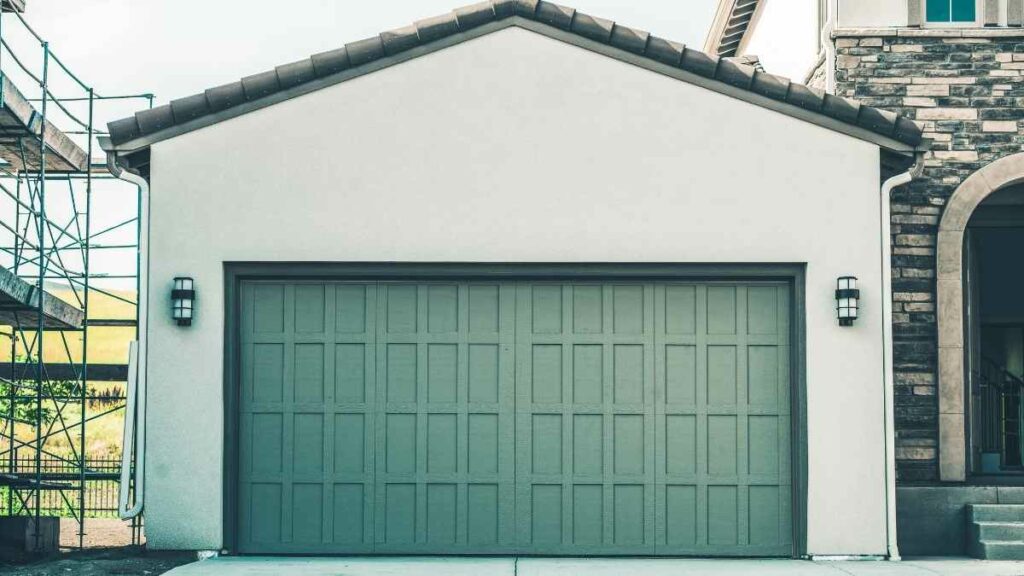
Mice like to nest in warm, dark places and garages provide both. They can often be found nesting in boxes, other stored items, or even in the insulation around the garage.
Mice can do a lot of damage in a garage, chewing on wires and cables and creating nests out of whatever they find. It’s essential to keep your garage clean and free of clutter to reduce the risk of mice nesting.
Trees
Mice will often nest in trees, protected from the elements and predators.
They will build their nests out of leaves, straw, and other debris and line them with fur to keep warm.
Mice typically prefer to nest in tall trees with a good view of their surroundings and can keep a look out for predators.
Bushes
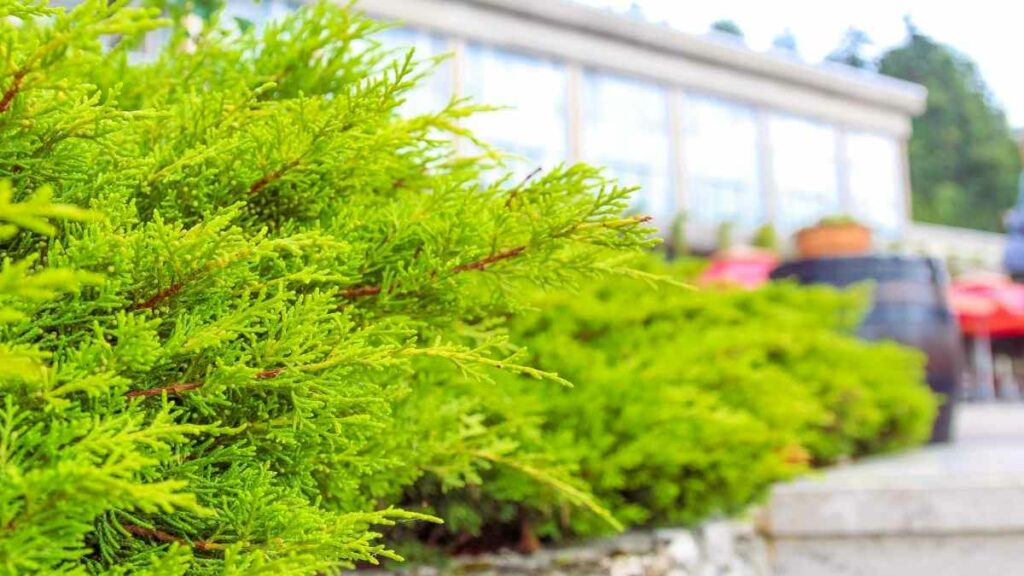
Mice are also known to nest in bushes and other vegetation. This provides them with cover from predators and the elements and gives them a safe place to raise their young.
Nearby vegetation also gives mice a good source of food, as they can eat the leaves and seeds of plants.
Compost Bins
Mice can often be found nesting in compost bins, as the warm and dark environment is perfect for them.
They will build their nests from fibrous materials, such as leaves, grass, and paper. If there are any food scraps in the compost bin, the mice will also feast on those.
When creating compost, we throw most food types inside, making it an excellent place to pick up a free meal if you are a mouse!
If you think you have mice in your compost bin, be sure to check for signs of nesting material and food scraps that have been gnawed on.
Under Porches
Another common outdoor nesting spot for mice is under porches.
Porches provide shelter from the elements and tend to be darker than other areas around the home, making them ideal places for mice to nest.
Mice will build their nests from whatever materials they can find, including leaves, twigs, and grass. If you think there are mice nesting under your porch, look for signs of nesting material and droppings.
Should I Call a Professional Pest control Expert to Get Rid of The Outdoors Mice Nest?
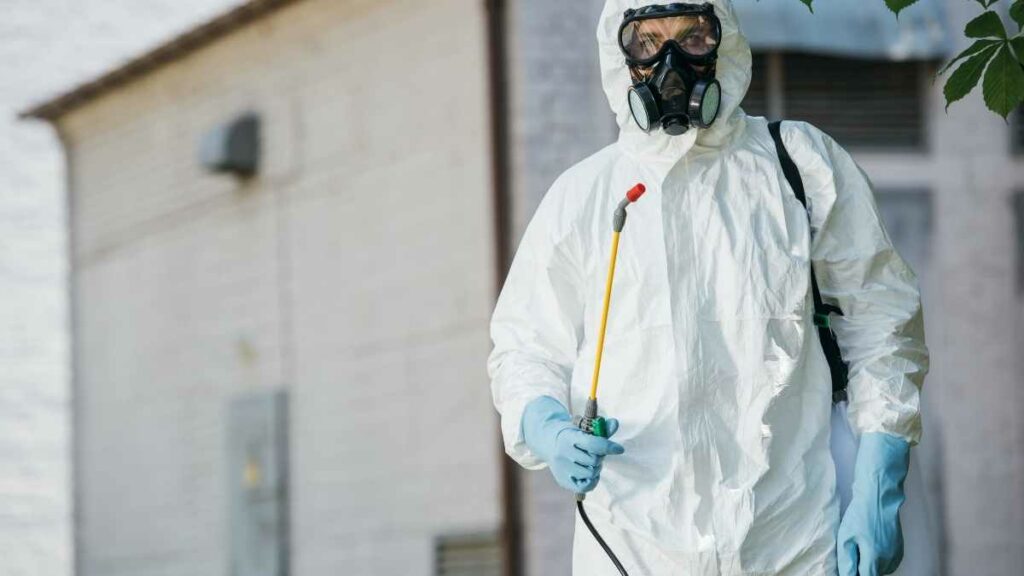
The short answer is that it depends on the severity of your infestation and how comfortable you are with handling the mouse nest. However, if the nest is relatively new, it is easier to remove. So it is a simple case of picking it up and throwing it away.
The disturbance may be enough to get the mouse to consider moving locations.
However, if the nest is full of baby mice, then you might want to bring in a professional who will be able to remove the mouse nest humanely.
Conclusion
Outdoor mice nests can be found in various locations, depending on the climate and environment.
If you’re having trouble getting rid of mice in your home, checking for their nests outside may give clues about where they are hiding and how to get rid of them.
Good luck!

